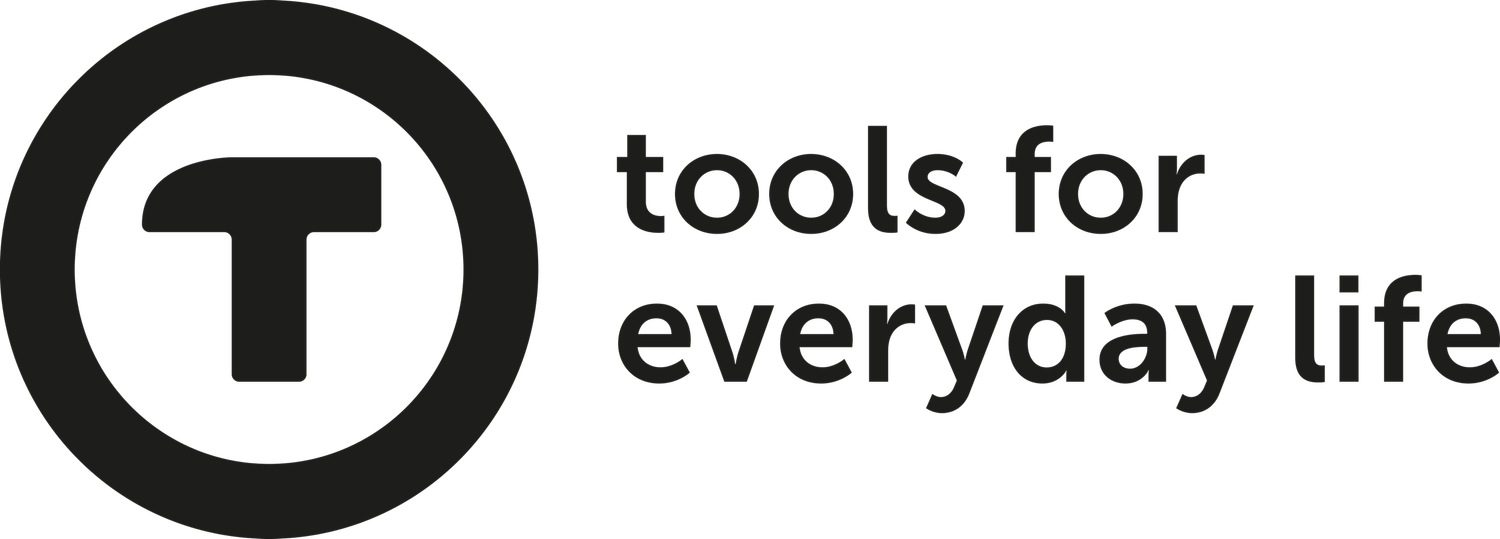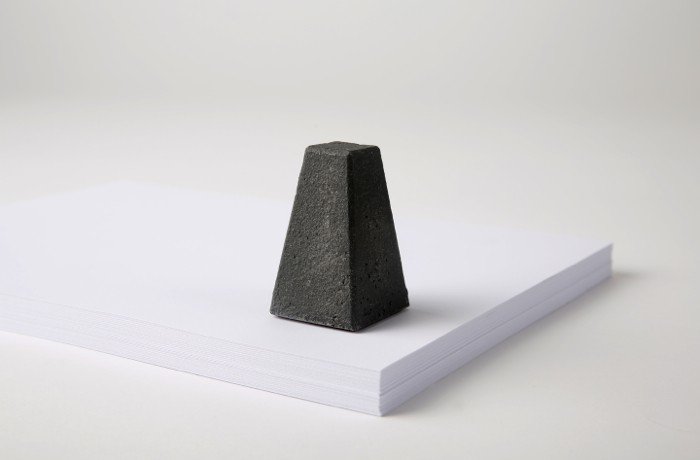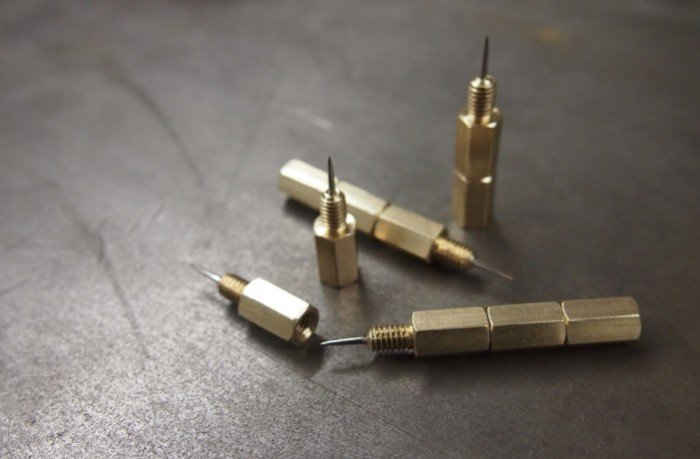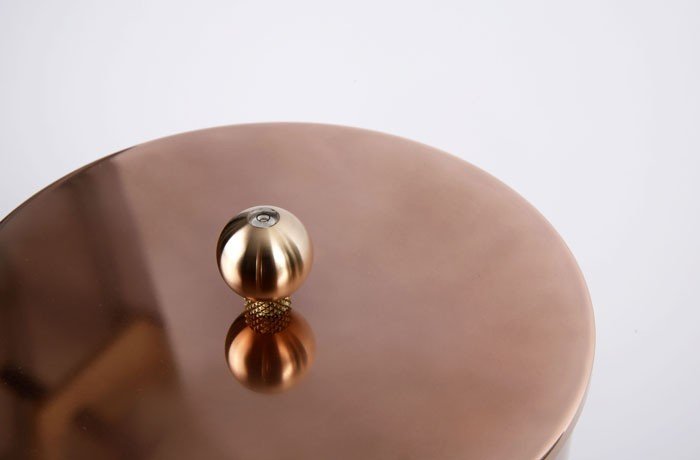Treating those working in offices as skilled practitioners of office tools and trades rather than as passive users of designed goods, the Tools for Everyday Life designers have turned their attention to the 'office'.
For this project the Designers connected to the Tools for everyday Life project were asked to design and make products for the office.
Much of peoples’ everyday life is spent working in the curious place called the office. For while the internet has enabled mobile white collar work and shifted some ‘office’ activity to homes and coffee shops, the majority of ‘office work’ still consists of presenting, chatting, listening, feeding in, feeding back, typing, filing and processing information at a fixed place of work.
The important decisions that shape much of the world are made in offices but the measure of these places isn’t in what is physically done there, meaning immediate visceral gratification for the worker often just doesn’t happen. No amount of Ping-Pong, broom cupboard nookie, stand up meetings or hot desking will change the nature of this sort of work. The satisfaction of office work is largely abstract. Therefore, mirroring Morris’s and Ruskin’s rose tinted view of an imagined medieval craftsperson’s version of work, the office worker often longs for the more rewarding and physically demanding way of earning a crust. Those not physically working often seek a connection to something tangible with an element of physical effort and immediate feedback from the senses.
There is a danger that these new behaviors, led by technological advances in communication, may even result in the loss of the few immediate physical pleasures that were part and parcel of the office work of ‘things’. The licking of envelopes, the stapling of papers and writing with a pen whilst not exhausting pursuits as such do connect the person doing them with a tangible result and the (office) tools of the trade. Today physical skills and practiced movements of mass and matter are lost to gestures, swipes or smart-arsed Natural User Interfaces (NUIs) the workings of which are a mystery.
There is a physicality missing from ‘the digital’ even when smart devices are operated by speech, gesture or gentle swipe that leads to a disconnect between what is being done and the wider world of stuff and gravitational resistance. Maybe if aspects of office work were more physically satisfying people might be happier.



















